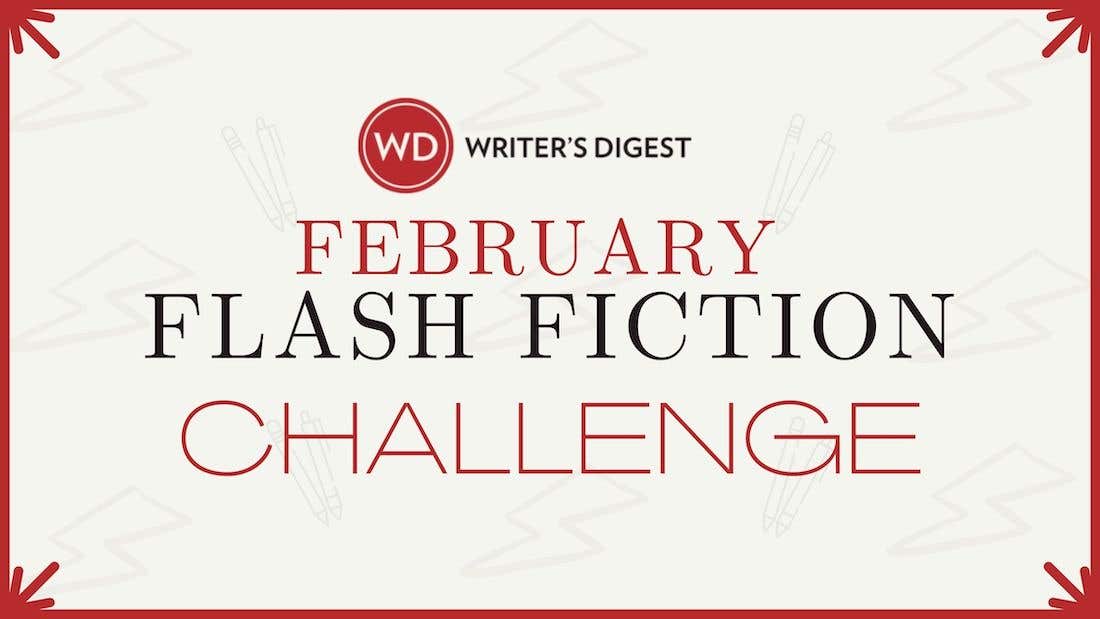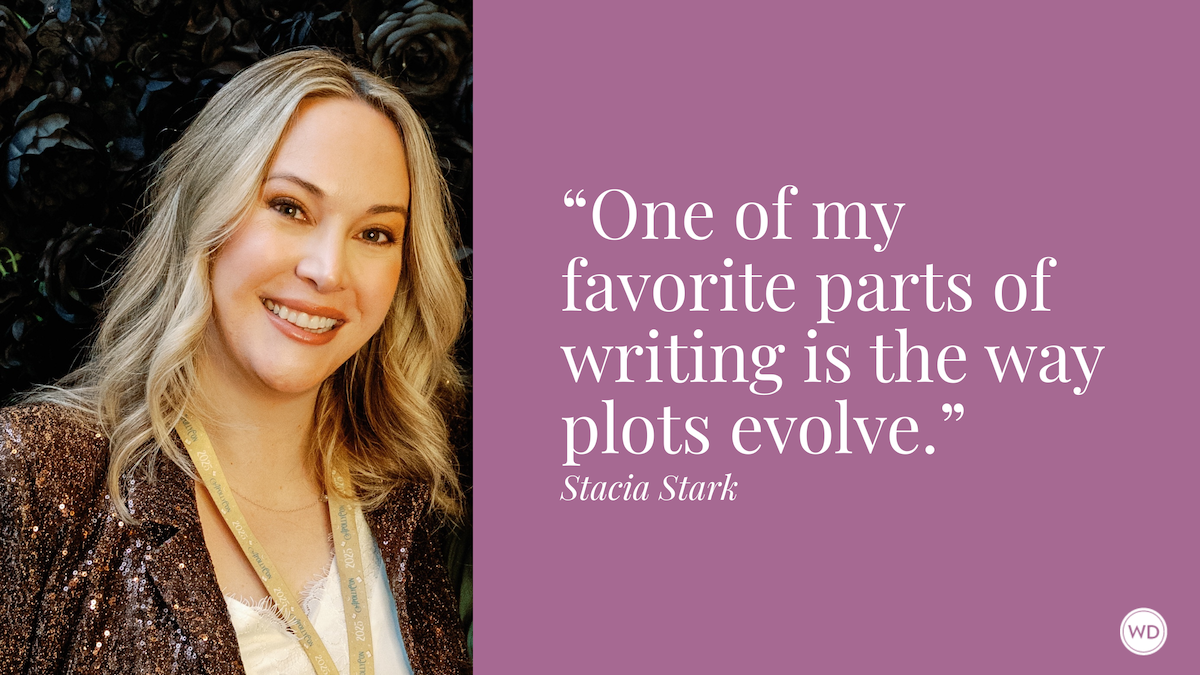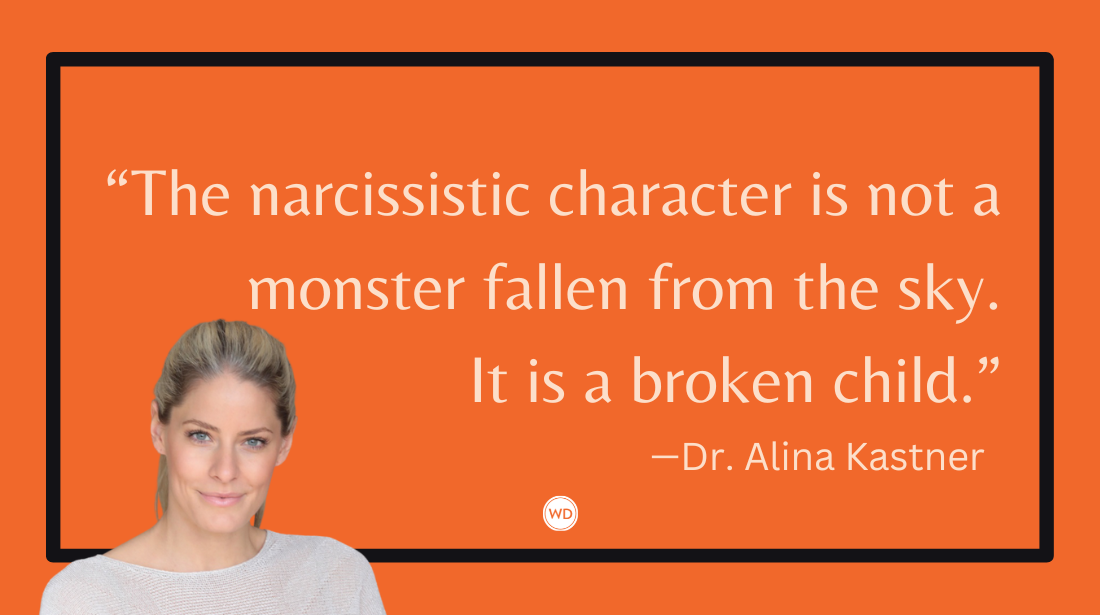Vintage WD: 36 Plot Nots: Plot Clichés to Avoid
From our September 1959 issue, here are 36 clichéd plots that will kill your chance at publication.
By Donald Westlake
This morning I received a story in the mail, a story that contained some of the most vivid, incisive, and clever writing I have read in a long, long time. But the story was the oldie about the man who murders his wife, drags her body into the darkened living room, the lights go on and a million relatives stand around shouting, “Surprise! Happy Birthday!” The writing was wonderful, but the story wasn’t bought.
As Executive Editor of Mystery Digest and former Assistant Editor at a literary agency, I have spent too many hours a day reading and rejecting well-written stories because they are afflicted with Plot Formula, the “Tired blood” that kills an otherwise competent writer.
Definitions, please. A plot is a planned series of connected events, building through conflict to a crisis and ending in a satisfactory conclusion. A formula is a particular plot which has become stale through over-use.
My 5C Plot Plan
My own working definition of plot is what I call “5C.” First, a character. Anybody at all, from Hemingway’s old man to Salinger’s teenager. Second, conflict. Something for that character to get upset about, and for the reader to get upset about through the character. Third, complications. If the story runs too smoothly, without any trouble for the character, the reader isn’t going to get awfully interested in what’s going on. Fourth, climax. The opposing forces in conflict are brought together. Like the fissionable material in an H-bomb and there’s an explosion. Fifth, conclusion. The result of the explosion is known, the conflict is over, the character has either won or lost, and there are no questions left unanswered.
5C: Character. Conflict. Complications. Climax. Conclusion.
No matter what the definition, the essential ingredients are always the same, and the result is always plot, not formula. It wasn’t formula when Homer used it in The Odyssey, and it still wasn’t formula when Pasternak used it in Doctor Zhivago.
How to Tell the Trite From the New
A lot of writers, when told they are writing stale, cliché-filled, trite formula, cry, “How can I tell the new from the old” How am I supposed to read every copy of every magazine that was ever published?”
Something like that, yes. The writer should certainly read everything he can possibly find in his own field. It has always been my belief that no writer should expect to write a story for a particular magazine until he knows that magazine just as well as the editor does. And constant reading in your field will soon give you a pretty clear idea of what has already been done.
But here’s a head start: a list of story ideas to stay away from, and its purpose is to help you decide for yourself whether your rejection slips have been the result of poor writing or poor plotting. Included are twelve stale formula ideas from each of three fields, mystery, science fiction, and slick.
The Mystery Field
1. John Smith is sitting in his living room, reading the paper or watching television, and one, two, three, or four hoodlums, who are being hunted by the police, break into the house intending to lie low there until the neighborhood quiets down.
2. John Smith is sitting by the windows, and he watches Joe Doakes murder Jane Plain. The phone is out of order. John is bedridden, confined to a wheel chair, 10 years old, or too drunk to move. The murderer is coming to get rid of the witness.
3. John Smith comes home from his job at the gas station, is greeted by his pregnant wife, and sits down to read the paper or watch television. The doorbell rings, and it’s John Doakes, who used to be John’s cell-mate at the state pen. He wants John to come in with him on a big job, or else he will either expose John as a parole jumper or will murder John’s wife.
4. John Smith is sitting in his office and a man from Why-Do-It-Yourself, Inc., comes in and offers to murder his nagging wife for him.
5. John Smith, private eye, walked into his best friend’s apartment to find the friend dead and Lieutenant Joe Doakes from Homicide standing there with a notebook in his hand. “If I get the killer first,” says John, “there won’t be much left for the law.”
6. John Smith, private eye, is sitting in his office when a total stranger staggers in, says, “The green jade – cough, cough,” and drops dead with a kris in his back.
7. John Smith wakes up with a hangover in his head and a smoking gun in his hand. Joe Doakes is lying on the floor, shot to death.
8. John Smith is sitting in the park, feeding the other squirrels, when a beautiful girl runs up, kisses him, and whispers, “Pretend you know me.”
9. John Smith, private eye, is sitting at his desk, when Marshall Bigelow, thimble tycoon, trundles in waving thousand-dollar bills and shouting, “My daughter has disappeared!”
10. John Smith, hen-pecked husband, fortyish, short and stout, meet and mild, has decided to murder his battle-axe, demanding, shrewish, and nagging wife, and he has this plan, see, which is foolproof. Only it isn’t.
11. Johnnie Smith, 16, decides to break with the neighborhood gang, the Golden Dragons, because Becky Thatcher, 15, was to be proud of him.
12. Fourteen people, one of them named Fitz-Warren, are all weekend guests at the mansion of cranky old John Smith. Suddenly, a scream pierces the plot, and the whole entourage runs into the study, to find cranky old John Smith dead at his desk, a kris in his back.
The Science Fiction Field
1. At the end of the story, we learn that the hero and heroine are Adam and Eve.
2. At the end of the story, we learn that the solar system is really just an atom in a much larger Universe, with the planets being electrons revolving around the nucleus of the sun.
3. Johnnie Smith, age 10, is lonely, because he’s different from the other kids. He can lift things with his mind.
4. John Smith stumbles into town with a wild story about Martians who are taking over the bodies of human beings. At the end of the story, it turns out that everybody in town is a Martian.
5. Eight million miles from Earth, a crewman discovers a beautiful girl stowaway on the spaceship. Captain John Smith, old and gruffy, says, “Eight men and one woman, on a six-month voyage to Sirius. There’ll be trouble.”
6. A Frank Buck type from Alpha Centauri comes to Earth to get a male and female of every type of Earth animal, for the big zoo on Alpha Centauri. At the end of the story, he takes the hero and heroine along for the zoo, too, and it’s a good place for them.
7. It is the year 3000 A.D., and the Time Tourists are receiving their final instructions in the lounge of Time Travel, inc. “Remember,” says the guide, “do not try to bring back any souvenirs with you.”
8. It is a Navy outpost at the South Pole. John Smith, one of the eight scientists at the outpost, rushes in from the outer cold and shouts, “Something is happening to him. He’s growing younger!”
9. John Smith, having invented a time machine, decides to go back in time and kill his grandfather, just to see what will happen.
10. In the world of 2500 A.D., crime is impossible, because the police are telepathic.
11. John Smith and the green-tentacled Alien stood facing one another, both alone, both unarmed. The fate of the Galaxy was dependent upon the outcome of the struggle between these two individuals.
The Slick Field
1. Jane Smith hears from a gossipy friend that her husband, John, was seen lunching with that new French secretary. During a so-called “business” trip, John and the secretary were seen together at the Stork Club. There is lipstick on John’s handkerchief, and it isn’t Jane’s lipstick. Of course, at the end of the story it turns our to have been an innocent mistake.
2. Jane Smith is a steno at the Lumbago Corporation. She wears horn-rim glasses and tweed suits, and she has her hair in a bun at the back of her head. Gwendolyn Gloria, another steno, is blonde, voluptuous, and a man-chaser. Jane falls in love with the new vice-president, but Gwendolyn says, “That new VP, Doakes, looks like my kind of guy.”
2A. Jane Smith is a student nurse, a mousy type, and she falls in love with Joe Doakes, a handsome intern. But Gwendolyn Gloria, another student nurse, a voluptuous, blonde man-chaser, says, “That new intern, Doakes, looks like my kind of guy.”
2B. Jane Smith falls in love with the new minister, Reverend Doakes, who really wants to be a missionary in Pago-Pago. But Jane’s voluptuous, blonde, man-chasing sister, Gwendolyn, plans on marrying Reverend Doakes and going with him to the Riverhurst Church, where the country club sets hang out on Sunday mornings.
3. Joe Doakes, who works nights, is kept awake during the day by someone in the next apartment playing long-hair music on the piano. Joe stomps over and hammers on the door, shouting, “Quit that racket!” The door opens, and it’s a beautiful girl with red hair and a terrible temper. She tells him off, and at the end of the story, for no known reason, they get married.
4. Joe Doakes is driving along, minding his own business, when some clown drives right into him. He gets out of his car, stomps over and shouts, “Why don’t you watch where you’re going?” The driver turns out to be a beautiful girl who is just as feminine and helpless and cuddly as can be, and at the end of the story they get married.
5. Jane Smith is married to a career man in the Army. She hates the rank-pulling and back-biting of the other wives on the base. She is lonely and irritable and doesn’t fit in with military life, and it is affecting her marriage.
6. Any story told in an exchange of letters.
7. Jane Smith is married to a rising young executive. She doesn’t get along with the other executives’ wives, and in particular she hates the boss’s wife. Her attitude is ruining her marriage, and her husband’s chances for success.
8. John Smith devotes all of his attention and energy to business. He plans to get ahead, to be a big success, and he claims that he is doing it all for his family. But the family (one wife, two children) rarely see him, and in a scene full of pathos and saccharine, John Smith realizes that what his family needs is not so much a new car as a real husband and father.
9. It is Jane Smith’s 35th birthday, and she suddenly feels old. But her husband, John, convinces her that in his eyes she is young and lovely as ever. And besides, they have two children who look, talk and think exactly like the tykes on television, and who could ask for anything more?
10. Johnnie Smith is twelve years old today, and he’s been hinting for weeks that what he wants for his birthday is a brand new bicycle. But nobody even says, “Happy Birthday,” to him and he is sure that everybody just forgot it was his birthday. He mopes around all day, miserable and unhappy, but at eventide out come the relations, the birthday cake, and the bicycle. (A real-life child would have killed himself by noon, but that’s neither here nor there.)
11. Jane Smith is fifteen, plain, and wears braces on her teeth. Her older sister, Gwendolyn, always has millions of dates, and Jane is jealous. She pulls a bit of trickery, and winds up almost forcing one of Gwendolyn’s boyfriends into taking her out instead of Gwendolyn. At the end of the story, she learns that she must be patient. Some day the braces will come off, and she, too, will be popular.
12. Joe Doakes, a traveling salesman for a paper clip company, gets involved in some pretty unbelievable adventures in a small town in the Midwest. The other participants are a local belle and a salesman for a rival paper clip company.
Why Are These Taboo?
This is by no means a complete list, but it should give you the general idea. I have tried, in this listing, to give a cross-section of the stale ideas which are still being rejected every working day of every week in editorial offices throughout the country. If what you really want out of writing is enough rejection slips to paper the den, included above are 36 stories guaranteed to bring you rejects enough to paper the whole house. But if what you want out of writing is to see your stories in print, and see them there regularly, the preceding list is a good reminder of the kind of thing to stay away from.
The Old Switcheroo
One last word. No matter what any editor says, no cliché is ever really dead, and no doubt practically all of the ideas I mentioned above will find their way into print again sometime in the future. But not in the way I have described them.
This brings us to that last standby of the writer desperate for story ideas, the variation, the old switcheroo. If you can take one of the 36 clichés listed above, and give it a brand new twist, so it doesn’t look like the same story any more, you may have a sale on your hands. If you search hard enough in the magazines on the stands today, you’ll find one or more of these variations currently in print.
Actually, it’s much the same as the old two-men-on-a-desert-island cartoon. Every cartoon editor in the business will tell you he’s sick of those two men on that desert island, but there are still variations on the gag being bought and published every day in the week. But for the new cartoonist, a desert island is a good place to stay away from.
About Amy Jones
Amy Jones is the Editor-in-Chief of Writer’s Digest and was the managing content director for WD Books. She is the editor of the Novel and Short Story Writer's Market and Children's Writer's and Illustrator's Market. Prior to joining the WD team, Amy was the managing editor for North Light Books and IMPACT Books. Like most WD staffers, Amy is a voracious reader and has a particular interest in literary fiction, historical fiction, steamy romance, and page-turning mysteries. When she’s not reading, Amy can be found daydreaming about Italy or volunteering at her local no-kill cat shelter. Find Amy on Twitter @AmyMJones_5.









